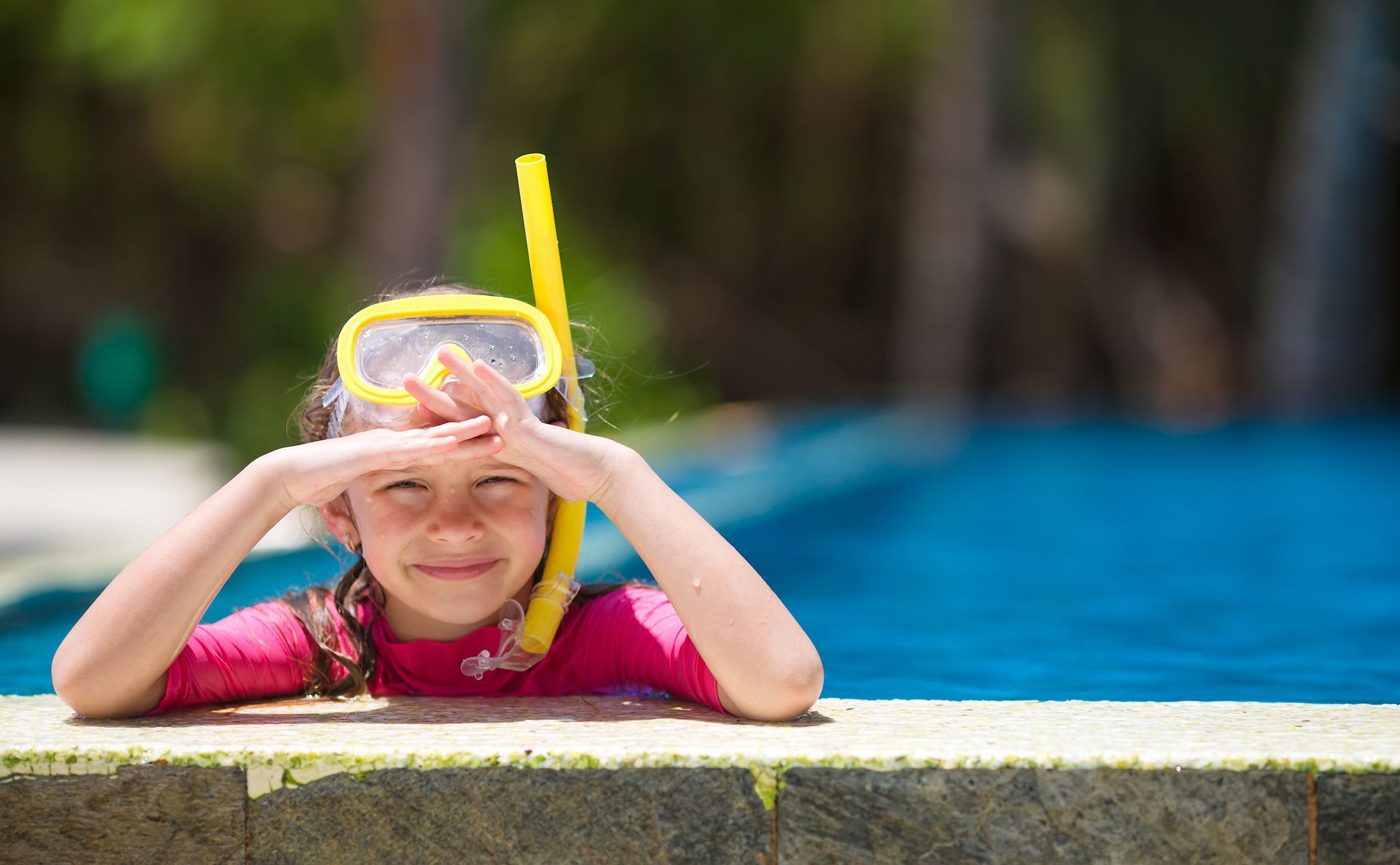Dive Bricks: What They Are and How to Use Them

If you’ve taken your kids to the swimming pool you may have seen people using dive bricks, but didn’t know what it was, or how to use it. Diving bricks are to help experienced swimmers with a variety of things. These bricks covered in black rubber work a lot like regular weights by forcing you to swim harder to help you increase your strength and stamina.
What Is a Dive Brick Used For?
A dive brick is used for two main reasons: strength training and rescue training. Strength training is for swimmers who are trying to increase their time. By adding ten pounds of dead weight to your body, you have to push harder and faster to keep your head above water.
In rescue training, lifeguards train with the brick to simulate a victim on the bottom of the pool to bring up to the surface. Equating a ten-pound brick with a 200-pound victim might not make sense, but it’s important to keep in mind water displacement and the body’s natural buoyancy. It’s often easier to swim with a person rather than a diving brick.
How Heavy Is a Diving Brick?
A diving brick is 10 pounds.
Treading Water Workout
The first place to start using a dive brick is in the deep end treading water. Treading water as part of your workout is a great way to work your whole body, and adding a dive brick will challenge even experienced swimmers.
Before you add a dive brick to your workout, be comfortable treading water. Be able to tread water for at least two minutes. Once you can do this, learn how to tread water without your hands. Start with your hands resting on the surface of the water, and then do 30-second sets of your hands out of the water. Once that becomes easy, change to 30-second sets of elbows out, and finally sets with your arms straight above your head.
At this point, you can consider adding a dive brick to your exercise. If you struggle to keep your head above water when treading water with your hands, or your hands only slightly out of the water, trying to tread water with a dive brick will make you sink to the bottom of the pool. Do not add a dive brick until you are comfortable with treading water.
When you add a brick to your exercise, keep the brick on the edge of the pool and start treading water. Once you are comfortable, pick up the brick and hold it at chest level underwater and continue to tread water with your legs. If this is easy, lift the brick out of the water to eye level for 30 to 60-second sets. If you are still looking for more challenge to treading water, lift the brick with straight arms above your head.
If you have a swimming buddy you can work out with, consider doing an additional exercise with them. While both of you are treading water, toss the brick back and forth to each other, trying to keep your head above the water when you both throw and catch the brick. Remember to aim in front of the person you are throwing it to because no one wants a 10-pound brick thrown at their face.
Swimming with a Diving Brick
Just as treading water with a dive brick is for advanced swimmers only, the same thing goes for swimming with one. Do not try to do this unless you are a confident swimmer and need an extra challenge to add to your routine.
The most common swimming drill with a brick is to treat the brick as a kickboard. Hold the brick straight in front of you and do any kick drill. This will work your arms, shoulders, back, core, and legs as you try to keep your body straight and on the surface of the water, while still trying to travel forward.
Lifeguard Brick Test
The brick test is part of the training to become a certified lifeguard. This process entails swimming a length of the pool, picking up a dive brick from the bottom of the pool, and then swimming with the brick back to your starting position with two hands on the brick, keeping the brick on the surface of the water.
If a lifeguard isn’t prepared, or doesn’t know the secrets of how to do this test, this can become a major hurdle to completing the certification, but there are a few ways to make this easier than it sounds:
- Take your time getting to the dive brick. You might be timed, but you don’t want to waste all of your energy before you need it the most.
- Jump off the bottom of the pool once you grab the dive brick. This can get you easily halfway to the surface of the water in one motion.
- Once on the surface of the water, float on your back and place the brick near your collarbone. By using your body’s natural buoyancy you can make swimming it back easier.
- The brick needs to stay on the surface of the water, but it doesn’t have to be out of the water. By removing the dive brick entirely out of the water you make it harder on yourself. Keep the brick about halfway submerged under the water for the best results.
If you are looking to improve your swimming strength and ability, or would like your children to learn swimming skills contact SwimJim today. Our team of experienced instructors is ready to help you meet your swimming needs.
The post Dive Bricks: What They Are and How to Use Them appeared first on Swim Jim.







